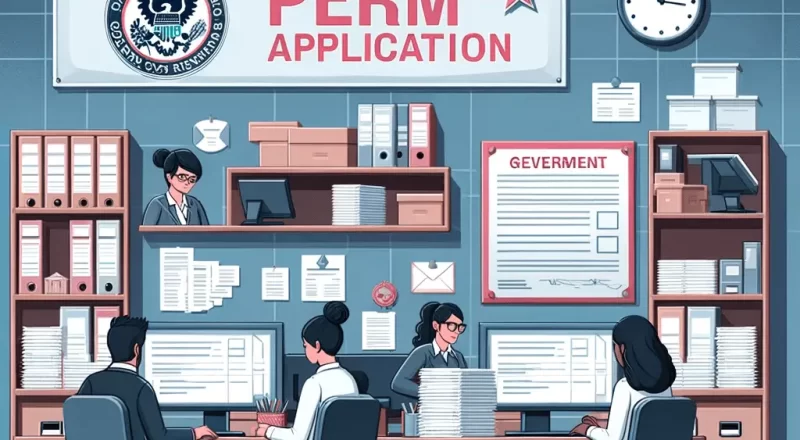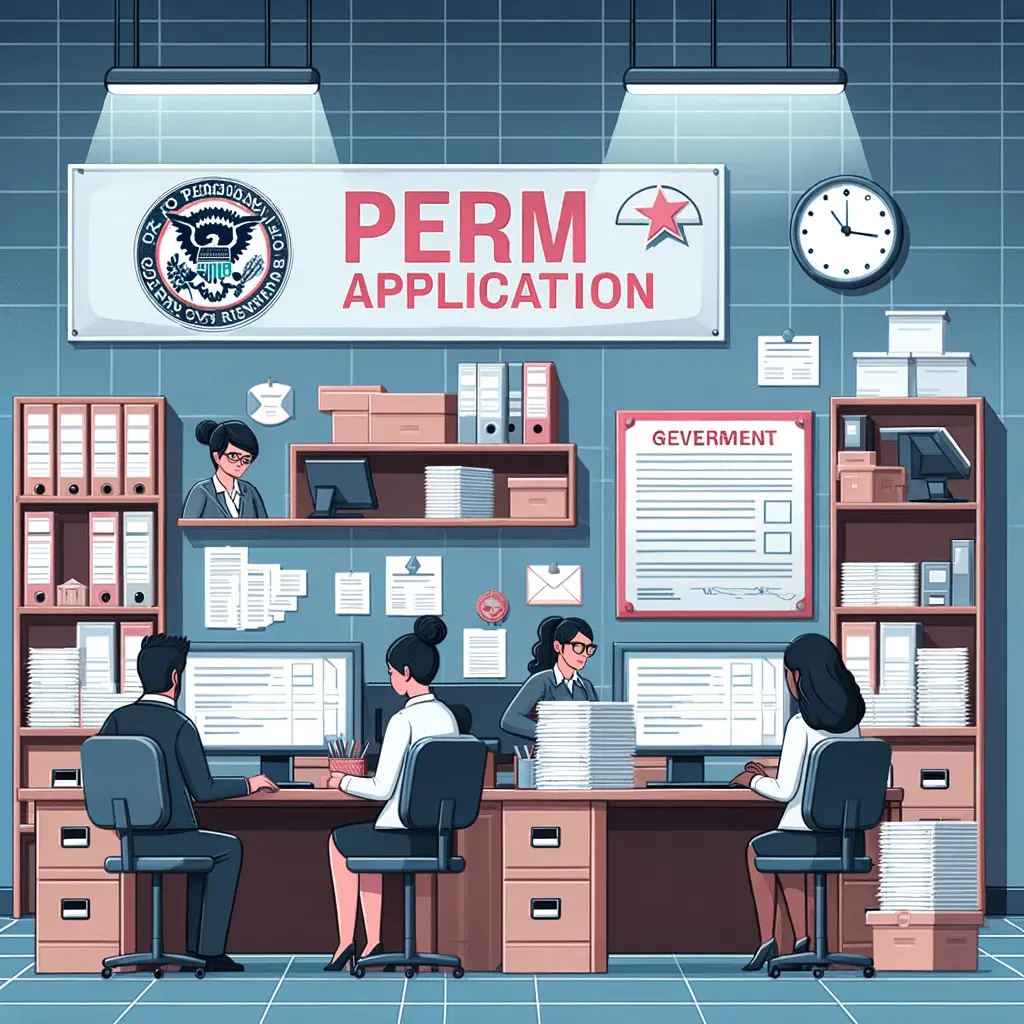As we look beyond 2024, predicting the future of PERM (Program Electronic Review Management) processing times becomes a critical endeavor for both aspiring immigrants and U.S. employers. The PERM process, pivotal in the U.S. employment-based immigration system, has undergone significant changes over the years. This article endeavors to forecast the trends in perm processing time, including speculations on perm processing time 2024, the dynamics of perm current processing time, the intricacies of ETA 9089 processing time, the anticipation in perm waiting time, and the overall perm timelines.
Content
Current State and Recent Trends
As of 2024, the PERM processing times have been influenced by a variety of factors, including policy changes, application volume, and technological advancements. The current state reflects a system that is constantly adapting to the evolving landscape of U.S. immigration policy and global economic trends.
Technological Advancements and Efficiency
One of the most significant factors likely to influence future PERM processing times is technology. The Department of Labor (DOL) has progressively been implementing advanced technological solutions to manage and process applications more efficiently. This trend is expected to continue, potentially leading to reduced processing times and more streamlined procedures.
Policy Changes and Their Implications
U.S. immigration policy is subject to change based on the political climate, economic needs, and social factors. Any significant policy shifts could either expedite or delay PERM processing times. For instance, policies focusing on tightening immigration controls may lead to longer processing times due to increased scrutiny, while policies aiming to attract more skilled workers could streamline the process.
Global Economic Factors
The global economic environment plays a crucial role in the volume of PERM applications. Economic growth and labor market demands in the U.S. can lead to an increased need for foreign skilled labor, potentially resulting in higher application volumes and longer processing times. Conversely, economic downturns might result in fewer applications but quicker processing times due to reduced workload.
The Future of ETA 9089 Processing Time
The processing time for ETA Form 9089, a critical component of the PERM process, is also expected to evolve. As the DOL enhances its processing capabilities and adjusts to policy changes, applicants might experience fluctuations in the processing times for this specific form.
Adapting to Fluctuating PERM Waiting Times
The anticipation during the perm waiting time is a significant aspect of the immigration journey. Future trends suggest that applicants and employers will need to adapt to a more dynamic environment, where processing times could fluctuate based on various external and internal factors.
Long-Term PERM Timelines
Looking beyond 2024, the overall perm timelines are expected to evolve in response to the factors mentioned above. Applicants and employers may need to plan for longer or shorter timelines based on the prevailing conditions at the time of application.
Predictions and Strategies for the Future
- Leveraging Technology: Continued advancements in technology are expected to play a critical role in shaping PERM processing times. Applicants and employers should be prepared to adapt to new digital platforms and processing methods.
- Policy Monitoring: Staying abreast of changes in immigration policy will be crucial. Policies enacted by future administrations can significantly alter the landscape of PERM processing.
- Economic Considerations: Keeping an eye on global and national economic trends will help in predicting application volumes and processing times.
- Flexibility in Planning: Given the potential fluctuations in processing times, flexibility in planning and timelines will be essential.
- Professional Guidance: Seeking advice from immigration experts and attorneys will continue to be valuable in navigating the changing landscape of PERM processing.
Conclusion
Predicting the future of PERM processing times beyond 2024 involves a careful consideration of various dynamic factors including technological advancements, policy changes, and economic trends. While specific predictions remain speculative, the trends suggest a move towards more technologically driven and policy-influenced processes. For applicants and employers, staying informed, adaptable, and strategically prepared will be key in successfully navigating the future of PERM processing in the ever-evolving landscape of U.S. immigration.

Joey is your friendly neighborhood knowledge seeker. From science to history, he’s on a quest to unravel the mysteries of the universe and share his discoveries with you. Dive into his articles for a dose of curiosity and wonder.















